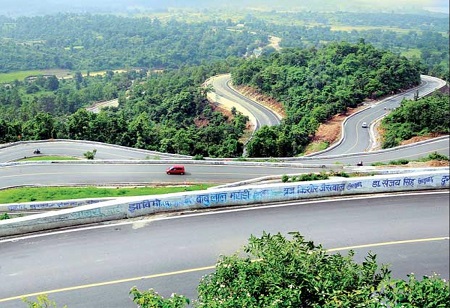Enabling investors to zero in on the land located in various states for potential projects, Union Minister for Commerce and Industry, Piyush Goyal has launched a first-of-its kind GIS-enabled national land bank portal. Goyal launched the portal during a virtual meeting with the industry, ministers of states, the Union Territory administrators and the senior officers of the central and state governments.
A total of 4.2 lakh hectares of land has been mapped across 3,275 industrial clusters in India, of which about 1.13 lakh hectares of land is available for investors, as the government looks to lure investors with slew of measures including production linked incentive schemes, lower corporate taxes and land-related reforms. Through the unified portal, investors will also get access to details of logistics, land, rail & air connectivity, tax incentives, drainage system, power supply and raw material availability from the portal on various industrial belts.
Launched as a prototype, the portal currently has complete information on industrial belts in six states while broad details of land availability across 31 states and Union Territories are also part of the portal now. Goyal expressed confidence that other states and Union Territories would be brought on board by December 2020.
The initiative is being supported by Invest India, National Center of Geo-Informatics (NCoG), National e-Governance Division (NeGD), Ministry of Electronics & Information Technology and Bhaskaracharya Institute for Space Applications and Geo-Informatics (BISAG).
Issues pertaining to pushing industrial manufacturing in the country, attracting investments, the approach of ‘One District One Product’ (ODOP), and promoting a National Movement Towards ‘AatmaNirbhar Bharat’ were discussed in the meeting. On the approach of ‘One District One Product’ (ODOP), Goyal said that this could help in making India a Manufacturing Powerhouse.
Goyal said that every district has some speciality, strengths or uniqueness, and ODOP could be a transformational step forward for realising the true potential of a district, fuel economic growth, and generate employment and rural entrepreneurship. Future manufacturing clusters may also have low-value addition manufacturing clusters in rural India. Goyal also assured the Centre’s help in packaging, branding and global marketing of such products.
On the issue of districts as export hubs, the minister said that states/UTs have been requested to identify products unique to each district, and requested them to integrate with their district-level export strategies which feed into the State level export strategies. (Source: Swarajya)
 Magazine
Magazine
